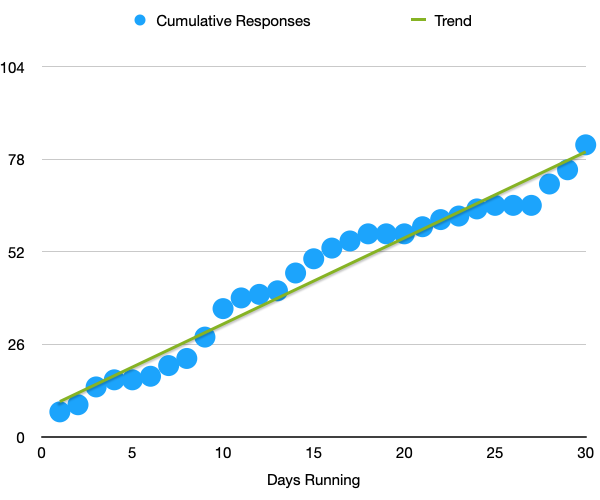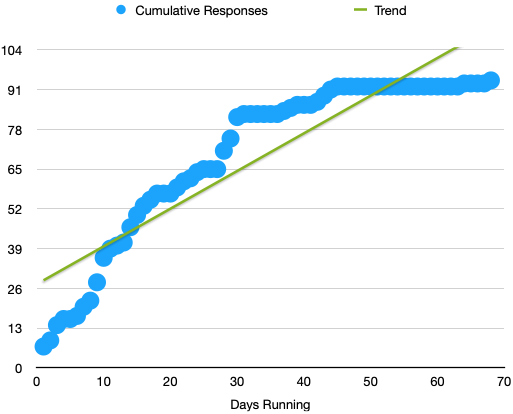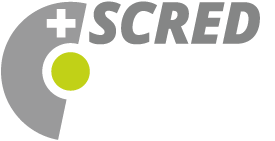
MiND
The project MiND (Minimal Data Set Switzerland) was initiated by the partners Coordinated Medical Services (KSD) of the Swiss Federal Government, the Swiss Society for Emergency Medicine (SSERM), the Interassociation for Rescue Services (IAS) and the Swiss Center for Rescue, Emergency and Disaster Medicine (SCRED). The aim of the project is to link the multiple partners along the patient pathway, from the incident to initial care in a hospital emergency department. Collecting plausible fundamental data along the rescue chain to promote research projects and to present an overall picture of the activities of the rescue and emergency services in Switzerland.
Various working groups are involved in this project. The current focus is on the collection of structural data from emergency departments with a 365/24 service mandate. The MiND-H (hospital) working group has developed the parameters of the data to be collected. A small pilot survey on proof of concept was launched and completed in 2019, enabling online data collection to be carried out for the first time in March 2021 for all Swiss emergency departments with 365/24 service mandates in three languages (French, German, Italian). The project journal can be found further down on this page under Journal.
As of May 2021, 94 surveys have been completed and submitted, representing a 90.4% response rate. The data was analyzed in the following period and made available to participants in September 2022.
MiND contributes to the development of a future registry, which includes key parameters along the entire rescue chain, from the incident to completion of acute treatment in the emergency department. Another goal is to be able to collect process data for defined index diagnoses. In addition, the findings will be incorporated into the BABS’s IES-NG project.
“IES NG enables management and emergency services personnel to optimally track patients during medical emergencies such as accidents, major incidents, and disasters” (https://www.babs.admin.ch/de/ies-ng).
Over the last 15 years, a significant change in the primary care of emergency patients has also taken place in Switzerland: “away from the primary family doctor consultation” to a “direct visit to the emergency ward” in hospitals (Gesundheitsobservatorium Schweiz; https://www.obsan.admin.ch/de/publikationen).
Such trends and changes can only be quantified and resulting consequences be supported with reliable underlying data. The project is of great importance to contribute to a sustainable quality control. Furthermore, data collection for specific scientific studies could be implemented in the existing application, making fundamental contributions to health care research along the rescue chain affordable and feasible.
Research
Anonymized data are provided for research and evaluation purposes.
longitudinal health services research: This area has hardly been developed so far on a national level, due to a lack of data on this area.
Outcome-Forschung: Thanks to collection and monitoring of (anonymized) data of prehospital care until after completion of rehabilitation.
Knowledge management
Knowledge of the resources available in Switzerland and their use in emergency medicine based on currently relevant data.
The requirement imposed by the decisions of the IV HSM to maintain registers in the context of “highly specialized medicine” is met by interfaces to a Swiss RescueMed Registry, which provides high-quality data from the field of rescue and emergency medicine (which cannot be guaranteed at present and has hardly been achieved in international comparison).
Quality assurance
With regard to the treatment processes for individual index diagnoses.
Use of uniform definitions and profiles for rescue services and emergency departments throughout Switzerland with regard to structure and personnel.
National and international benchmarking.
Project survey data response

The chart above shows submissions of the signed survey. It’s a snapshot from 30 days, ending March 31st 2021.
106 Emergency services were invited to participate. 2 of those did not offer a 24/7/365 service during 2019 and were therefore unable to participate. Out of 104 emergency services, 82 departments submitted signed completed surveys, which equals a return of 78.8%.
As of May 2022, 94 surveys had been completed and submitted, representing a response rate of 90.4% (see chart in the right-hand column).
Three additional emergency services had completed the survey but did not submit it, meaning that this data was not included in the evaluation.
As of May 8, 94 surveys have been completed and submitted, representing a 90.4% response rate. (Right column chart, below.)
3 additional emergency departments completed the survey but did not submit it, thus this data cannot contribute to the analysis.

Project journal
- 2022 The processed data was made available to participants in September 2022.
- 2021 Data collection on structural data of emergency departments in Switzerland.
Due to Corona, this survey, which was already planned for 2020, had to be postponed. March 2021 is set for the data collection. - 2021 Working group MiND-H:
Establishing regional representatives to act as intermediaries between MiND-H team and emergency department colleagues in their regions.
- 2021 Further development of the application (User Interface customizations, Customer Development, redesign Application-FLow, rich text fields for questions and options, editable texts blocks within the application, further enhance 3-lingualism, enhance the management of network data, ability for users to print out their entire survey, …)
- 2020 Working group MiND-H: Further develop the survey for 2020 with gained knowledge, clarification of each question and possible options.
2020 The evaluation of the pilot survey cannot be anonymized due to the small number of participants. Therefore, only the “process” (not the data) of the pilot survey will be entered as an abstract for the Swiss Emergency Congress. - 2019 Pilot survey with 17 voluntarily participating emergency centers.
- 2018/19 Working group MiND-H (Minimal Dataset “hospital”):Develop questionnaire to collect structural data, a pilot project with emergency centers volunteering to participate.
- Developing questions for emergency departments.
- Elaborate parameterization of the questions
- Translation of the questions in FR and IT
- Creation of an online application (prototype) with a trilingual user interface; the application allows the survey to be interrupted and continued at any time; data is located in Switzerland.
- Analysis of existing online applications and initial requirements for questionnaire for data collection.
- 2016 Survey LNA (Lead Emergency Physicians), IVR/SSERM.
- 2014 Signing of the project initialization order (IAS, SSERM, SSC)
FAQ
Time span for data collection?
The data collection for 2019 began on March 1, 2021, and was completed in May 2021. The processed and analyzed data was made available to participants in September 2022.
Where is the location of the data?
The survey data is stored on a data server in Switzerland.
What happens with the data?
The annual reporting, based on this data collection, will be approved by the SGNOR board and published anonymously. Each participating emergency department can request the data it submitted for its own further processing . Further data analyses will be released according to requests to the SGNOR board and in consensus with the MiND-H core group. The findings obtained from the survey are incorporated into the comprehensive “Swiss Emergency Data Registry” project from the KSD (Coordinated Medical Service).
What was the focus of the data collection carried out in 2021?
The data collection 2021 focuses solely on structural data of emergency departments with 24-hour operational service in Swiss hospitals. It is based on preliminary surveys collected and published in 2006 and 2013. In preparation for this survey, a pilot survey was conducted in 2019 on a trial basis with 16 emergency departments (German Switzerland: 10; Italian Switzerland 3, French Switzerland: 3). The data cannot be anonymized and therefore will not be published. The pilot was about a first proof of concept, which fortunately has resulted in a positive outcome.
Who are the members of the working group MiND-H?
The list of members of the MiND-H working group or the list of regional representatives can be requested from the SGNOR office or from the SZRNK office, stating the reason for interest.
The list of FAQs is constantly being expanded based on the inquiries received. If you have any questions about the project, please contact the SZRNK office using the contact form.
The objective
The objectives of the project at a glance:
- Collection of plausible fundamental data along the rescue chain.
- Presentation of an overall picture of the activities of the rescue and emergency services in Switzerland.
- Identification of existing resources and collection of necessary metrics as a basis for strategic planning for the Coordinated Mediacl Service (KSD).
- Availability of anonymized data of rescue, emergency and disaster medicine as basis of quality management incl. national and international benchmark options.
- Promoting consensus on medical definitions and their terminology in 3 languages through the process of collecting preliminary data.
- Promotion of research projects with relevant outcome statements on the basis of an existing application and network.
- Creating a foundation for longitudinal health services research from the scene of an incident to the end of initial acute care in an emergency department.
Glossar
| IAS | Interassociation de sauvetage (Interassociation for emergency services) |
| SSC | Service Sanitaire coordonné (Coordinated Medical Services) |
| MiND-H | Minimal Dataset Hospital |
| MiND-P | Minimal Dataset Pre-Hospital |
| MKM | Competence Center for Militär and Disaster Medicine |
| SCRED | Swiss Center for Rescue, Emergency and Disaster Medicine Schweizerisches Zentrum für Rettungs-, Notfall- und Katastrophenmedizin (SZRNK) |
| SSERM | Swiss Society of Emergency and Rescue Medicine |

